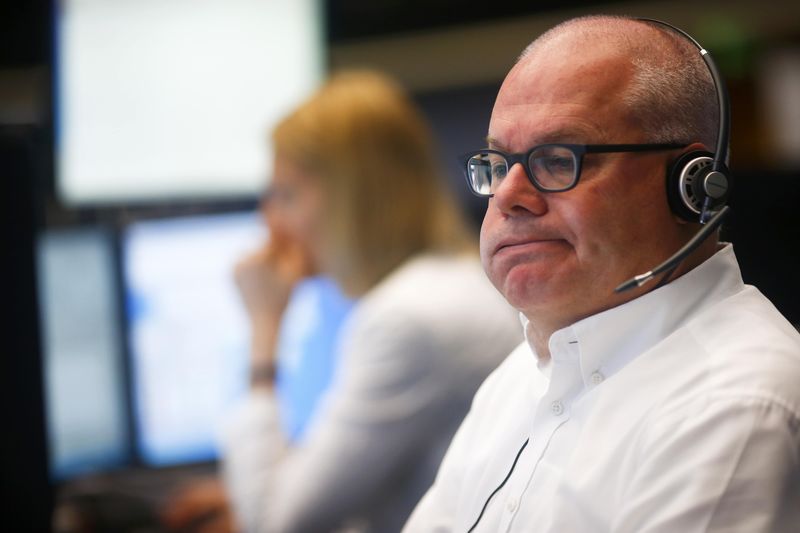The Reserve Bank of Australia on Tuesday followed the nigh unanimous consensus of analysts and held the official cash rate at 4.35%
It was the first meeting of the RBA in its new format, implemented by the Federal Government last year following a long overdue review into the central bank’s policies and procedures.
Comments now come from the board at large, rather than being made by Governor Bullock, and analysts have noted a decidedly hawkish tone to the board’s sentiments.
“While there are encouraging signs, the economic outlook is uncertain and the board remains highly attentive to inflation risks,” the RBA board statement read.
“While recent data indicate that inflation is easing, it remains high. The board expects that it will be some time yet before inflation is sustainably in the target range.
“The path of interest rates that will best ensure that inflation returns to target in a reasonable timeframe will depend upon the data and the evolving assessment of risks, and a further increase in interest rates cannot be ruled out.”
Walking the narrow path
The latest consumer price index data from the fourth quarter of 2023 came in cooler than expected, 4.1% compared to the RBA’s prediction of 4.5%.
IG market analyst Tony Sycamore says the data proves the RBA’s rate hikes are “having the desired impact”.
“In terms of forward guidance, the RBA warned that it is data-dependent and retained its tightening bias,” Sycamore explained.
So, while inflation is on track to normalise – and the Australian economy is successfully walking that ‘narrow path’ often touted – the RBA appears mostly concerned with services inflation, and an overly optimistic market eager for interest rate cuts.
“Services price inflation is expected to decline gradually as demand moderates and growth in labour and non-labour costs eases,” the RBA’s comment read.
“While there have been favourable signs on goods price inflation abroad, services price inflation has remained persistent and the same could occur in Australia.
“There also remains a high level of uncertainty around the outlook for the Chinese economy and the implications of the conflicts in Ukraine and the Middle East.”
Dr Dwyfor Evans, head of APAC Macro Strategy at State Street (NYSE:STT) Global Markets, said the comments were more hawkish than anticipated, particularly given recent weaker-than-expected inflation data, and showed “clear sensitivity at the RBA towards inflation threats and some optionality on future policy”.
“Certainly not the neutral to dovish report that some would have anticipated after the most recent CPI report, but we continue to focus on weaker consumption, elevated debt servicing costs and signs of easing in the job market as pointers towards a more accommodative stance going forward, albeit one that the RBA did not necessarily deliver in its messaging today,” Dr Evans said.
Shielding against optimism-driven inflation
Some analysts point to the US Federal Reserve’s recent comments as the cause of the RBA’s hawkishness, as the central bank attempts to head off overly optimistic sentiment in the markets that could drive inflation back up.
US Federal Reserve chair Jerome Powell said that the US central bank felt it could “approach the question of when to begin to reduce interest rates carefully" in an interview with Sixty Minutes.
When asked to clarify if rate cuts would be on pause until the target of 2% inflation was reached, Powell rejected the idea.
"No, no. That's not what we say at all, no," he said. "We're committed to returning inflation to 2% over time. I've said that we wouldn't wait to get to 2% to cut rates."
Analysts are now saying the first rate cut in the US is likely to be in the middle of the year, which in turn has prompted their counterparts in Australia to seek a more concrete timeline for local cuts.
The RBA’s more Hawkish comments have been interpreted as a response to that sentiment, attempting to head off a heating market before any damage is done.
“Prior to the [RBA’s] announcement, the rates market was pricing in a full 25 basis point (bp) rate cut by August, with another 20bp of rate cuts priced before year-end,” Sycamore explained.
“Post 2.30 pm the rates market has pushed back the timing of the RBA’s first rate cut until September. It then sees a 60% chance of another 25bp rate cut before year-end.
“Nonetheless, we expect the RBA will be able to cut rates by 25 rate cuts in August before a second cut in November, which will see the cash rate end the year at 3.85%.”
Despite the market consensus, IG isn’t alone in refusing to take the RBA’s comments at face value, with Barclay’s research arm remaining firm on its August prediction as well.
“We continue to expect rate cuts to start in Q3 24,” Barclay’s research report read, “We expect a 25bp cut at the August meeting and a total of 75bp of cuts in 2024.
“Given non-tradables inflation, mostly driven by domestic factors and affected by monetary policy, remains elevated, and that the bank’s communication remains relatively hawkish, we think the bank may keep rates higher through Q2.”
While it remains to be seen if the RBA can continue to walk the greater Australian economy down its chosen tightrope, economic conditions in Australia are overall improving, signalling an end to last year’s rampant inflation and the possibility of further normalisation.
